How to Handle Mold and Mildew Before Sanding
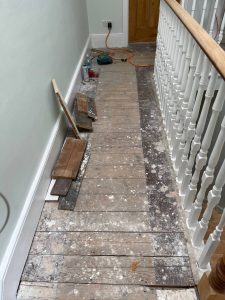
Before sanding your floors, it is crucial to address any mold and mildew issues to ensure a clean, healthy environment and achieve the best results. Mold and mildew can cause health problems and damage your floors, so it is essential to handle them properly. This guide provides expert tips on how to effectively deal with mold and mildew before sanding, ensuring your London home remains safe and beautiful.
Understanding Mold and Mildew
Mold and mildew are types of fungi that thrive in damp, humid environments. They can appear as black, green, or white spots on surfaces and often produce a musty odor. Both can cause health issues, such as allergies and respiratory problems, and can damage wood floors if not properly addressed.
Identifying Mold and Mildew
Before starting your sanding project, inspect your floors for signs of mold and mildew:
- Discoloration: Look for black, green, or white spots on the floor surface.
- Musty Odor: A persistent musty smell can indicate mold or mildew presence.
- Warping or Bubbling: Moisture damage may cause wood floors to warp or bubble, indicating potential mold growth.
Steps to Handle Mold and Mildew
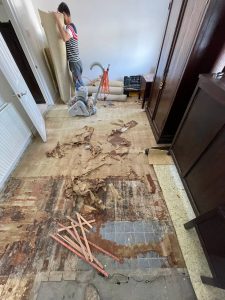
1. Ensure Safety First
Wear protective gear, such as gloves, a mask, and goggles, to prevent exposure to mold spores. Ensure the area is well-ventilated by opening windows and using fans to circulate air.
2. Remove Moisture Source
Identify and eliminate the source of moisture that is causing mold and mildew growth. This may involve fixing leaks, improving ventilation, or using a dehumidifier to reduce humidity levels in the affected area.
3. Clean the Affected Area
Use a mixture of water and mild detergent to scrub the affected area. For more severe mold growth, use a solution of water and white vinegar or a commercial mold remover. Scrub the area thoroughly with a brush, ensuring all mold and mildew are removed. Rinse the area with clean water and dry it completely with a towel or fan.
4. Sand the Affected Area
Once the area is clean and dry, lightly sand the affected area with fine-grit sandpaper to remove any remaining mold spores and smooth the surface. Vacuum the dust immediately using a vacuum cleaner with a HEPA filter to capture any airborne spores.
5. Treat with a Mold Inhibitor
After sanding, apply a mold inhibitor to the affected area to prevent future mold growth. Follow the manufacturer’s instructions for application and drying times. This step is crucial for long-term protection, especially in areas prone to moisture.
Preventing Future Mold and Mildew Growth
To prevent mold and mildew from returning, implement these preventative measures:
1. Control Humidity Levels
Maintain indoor humidity levels between 30-50% using dehumidifiers or air conditioners. Use exhaust fans in kitchens and bathrooms to reduce moisture levels.
2. Regular Cleaning
Clean your floors regularly with a damp mop and mild detergent. Avoid using excessive water, as it can seep into the wood and create a breeding ground for mold and mildew.
3. Inspect for Leaks
Regularly inspect your home for leaks, especially in areas prone to moisture, such as kitchens, bathrooms, and basements. Repair any leaks promptly to prevent water damage and mold growth.
4. Improve Ventilation
Ensure proper ventilation in your home by opening windows, using fans, and installing vents. Good air circulation helps reduce moisture levels and prevent mold and mildew growth.
Conclusion
Handling mold and mildew before sanding your floors is essential for maintaining a healthy environment and achieving the best results. By following these expert tips, you can effectively remove mold and mildew, prevent future growth, and ensure your London home remains safe and beautiful. For professional floor sanding and mold remediation services, contact our experienced team today. We are dedicated to providing high-quality solutions to keep your floors in top condition.
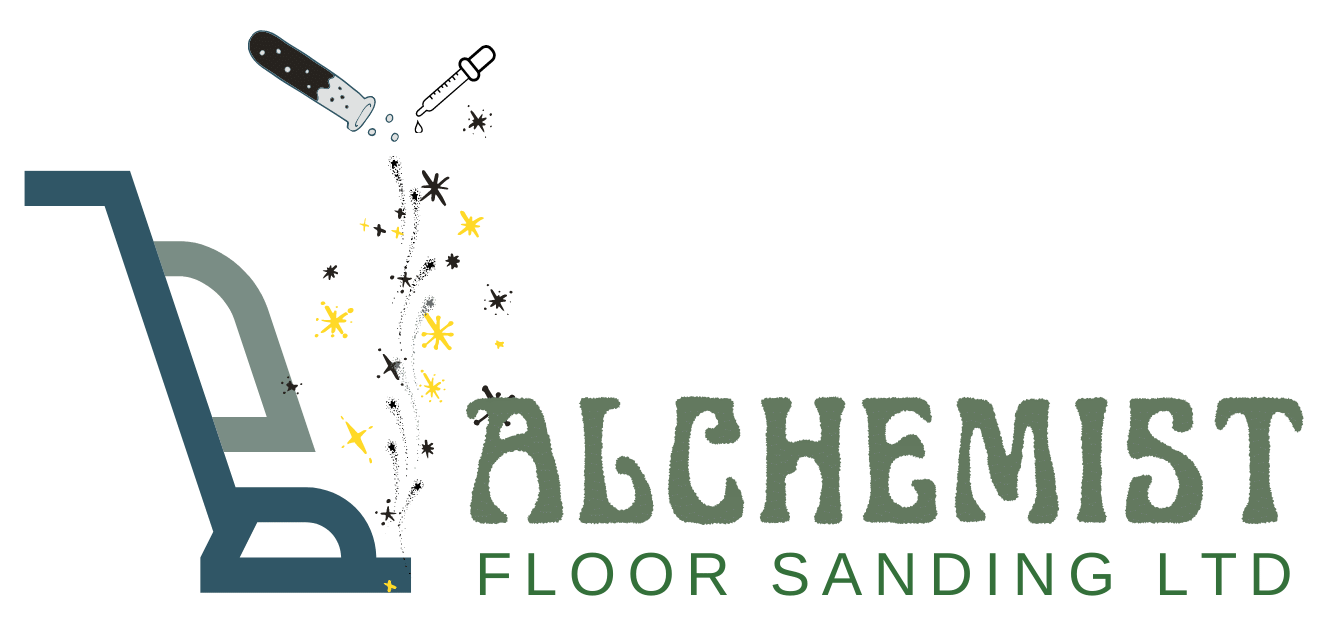

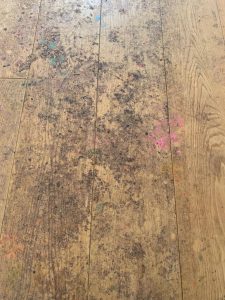
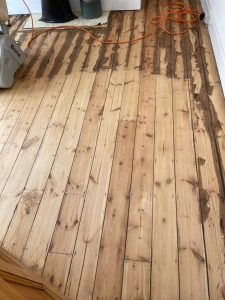
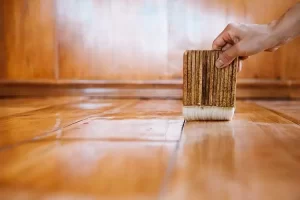
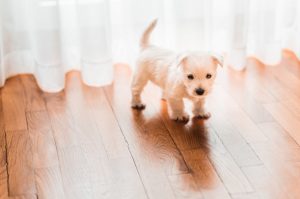

How to Deal with Pet Damage on Wooden Floors
How to Deal with Pet Damage on Wooden Floors Effective solutions for maintaining beautiful[Read more...]
Floor Sanding Safety Tips for Homeowners
Floor sanding can dramatically transform the look of your home, but it’s important to approach[Read more...]
Floor sanding and renovation and installation services in Southwark
Southwark: A Historic Heart of London Southwark is a vibrant and historic borough located on[Read more...]
Gallery 02 – Sand and varnish
[Read more...]
Sep
The Impact of Floor Sanding on Indoor Air Quality
The Impact of Floor Sanding on Indoor Air Quality Maintain a Healthy Home Environment[Read more...]
Cost Guide: How Much Does Floor Sanding in London Cost?
If you’re looking to rejuvenate your wooden floors and enhance the beauty of your home,[Read more...]
How to Choose the Right Sealant for Your Sanded Floors
How to Choose the Right Sealant for Your Sanded Floors Choosing the right sealant[Read more...]
The Best Floor Sanding Practices for Winter
The Best Floor Sanding Practices for Winter Winter can present unique challenges for maintaining[Read more...]
Wood Floor Restoration
[Read more...]
Floor Board Restoration
Restoration Whilst you may believe that floor sanding itself is classed as restoration, floor restoration[Read more...]